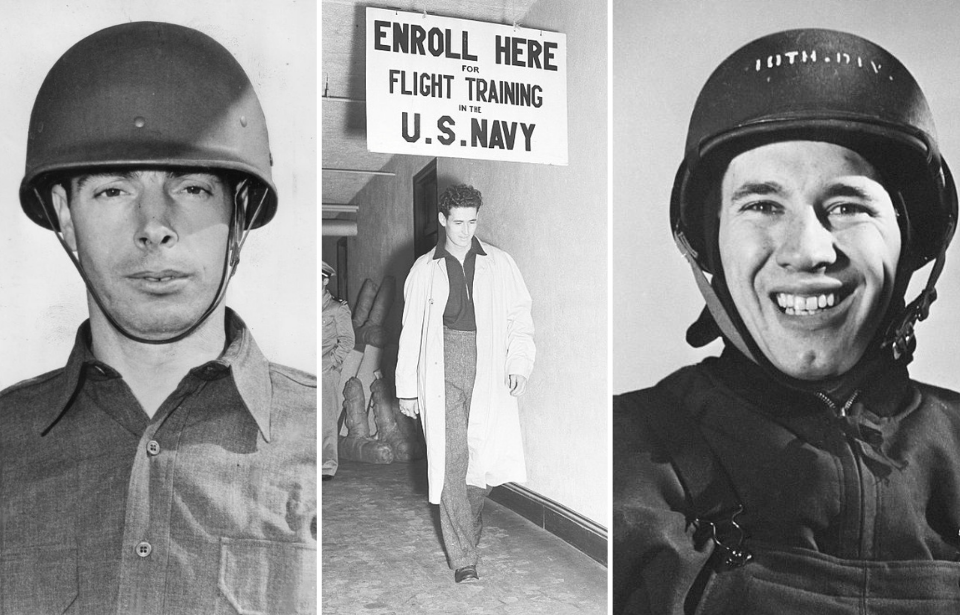The Japanese assault on Pearl Harbor on December 7, 1941, marked a crucial turning point in history. In its aftermath, numerous young men from various backgrounds hurried to enlist in the military, among them several famous baseball players. Presented here are eight Hall of Famers who bravely served their nation during World War II.
Yogi Berra – US Navy
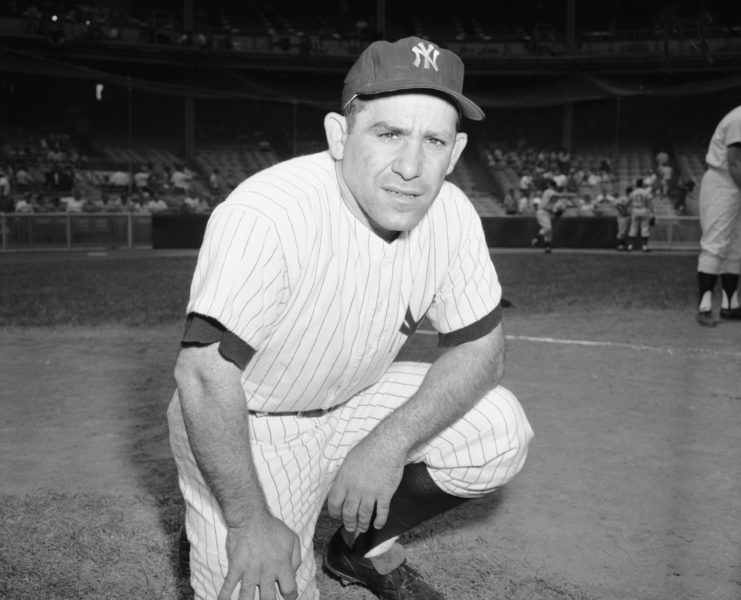
Most of the players on this list were already established in the big leagues before going off to war. Lawrence Peter “Yogi” Berra, however, served his country before he ever took on the majors. Following Pearl Harbor, the Missouri-born Berra signed up with the US Navy. He acted as a gunner’s mate on board the USS Bayfield (APA-33) during the Normandy landings, and was one of the many sailors and servicemen attacking German defenses on Omaha Beach.
He later confirmed he was also sent to Utah Beach.
In 1946, following his service, Berra became a New York Yankee. During his career, he won three MVP Awards and 10 World Series Championships as a player. His quirky and charming personality also made him one of the more memorable characters in baseball history.
Bob Feller – US Navy
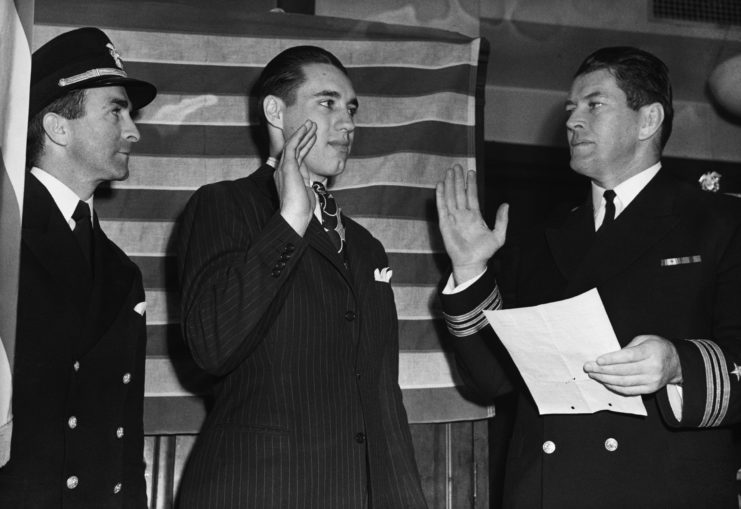
Bob Feller was a teenage pitching prodigy who entered the major leagues at just 17 years old, already playing with the Cleveland Indians when he chose to enlist in the Navy. Remarkably, he was the first professional American athlete to join the US military.
Feller’s start in the Navy didn’t go as expected. He initially aimed to become a fighter pilot but failed the necessary hearing tests. He then hoped to serve on the USS Iowa (BB-61), but it wasn’t yet commissioned. Consequently, he was assigned to the USS Alabama (BB-60).
After sailing around the British Isles, Feller and the USS Alabama crew were dispatched to the Pacific Theater, where he participated in Operations Galvanic and Flintlock. He also took part in the Battle of the Philippine Sea before completing combat duty in January 1945. For the remainder of the war, he served as an instructor at the Great Lakes Naval Training Station.
The Cleveland Indian earned six campaign ribbons and eight battle stars during his service and soon returned to his Hall of Fame baseball career. Later in life, he was also named an honorary Green Beret.
Jackie Robinson – US Army
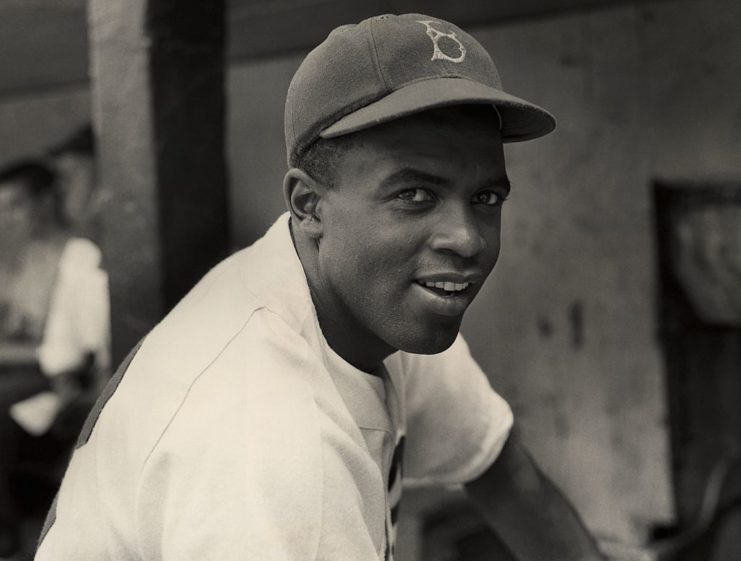
Jackie Robinson didn’t break the color barrier until 1947, so he wasn’t yet in the major leagues when World War II broke out. Drafted into the US Army in 1942, he excelled during testing and, with the support of boxer Joe Louis, was accepted into and completed Officer Candidate School.
Despite his accomplishments, Robinson faced racism in the military, just as he did in civilian life. After receiving his commission, he was assigned to the 761st “Black Panthers” Tank Battalion. In 1944, he was court-martialed for refusing to sit at the back of a segregated bus. While his 761st commander declined to press charges, he was later transferred to the 758th Tank Battalion, where his new commander pursued them.
Robinson was eventually acquitted, but the charges prevented him from seeing action during the conflict. He spent the remainder of his military service at Camp Breckinridge and was honorably discharged in November 1944. Three years later, Robinson joined the Brooklyn Dodgers, making history by breaking the color barrier in Major League Baseball.
Ted Williams – US Marine Corps
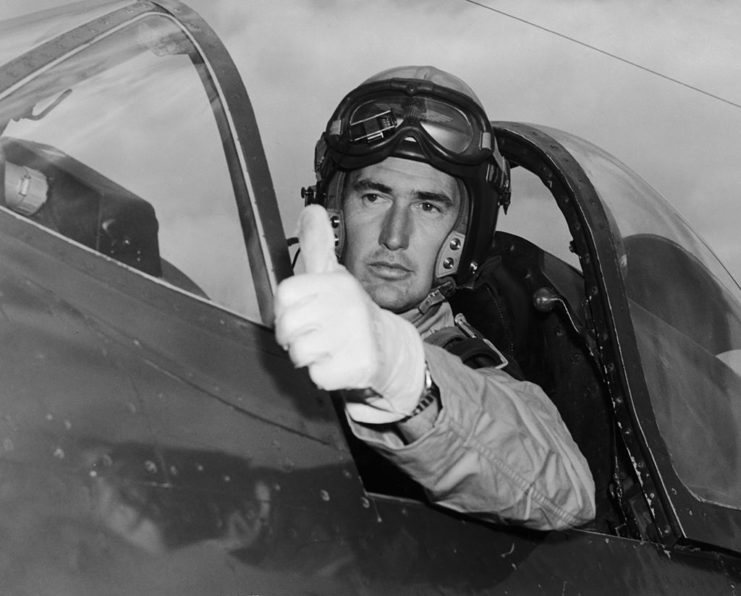
Ted Williams was not only one of the greatest hitters of all time but also an outstanding pilot. The “Splendid Splinter” joined the US Naval Reserve and served with the US Marine Corps during WWII and the Korean War. Williams did not see combat during the Second World War, but he underwent extensive pilot training.
He also played in the Navy’s baseball league alongside other stars like Joe DiMaggio, Stan Musial and Joe Gordon.
In total, Williams spent parts of five baseball seasons serving his country. It has long been argued that if his career had taken place during peacetime, he would have retired holding many of the league’s all-time records.
Warren Spahn – US Army
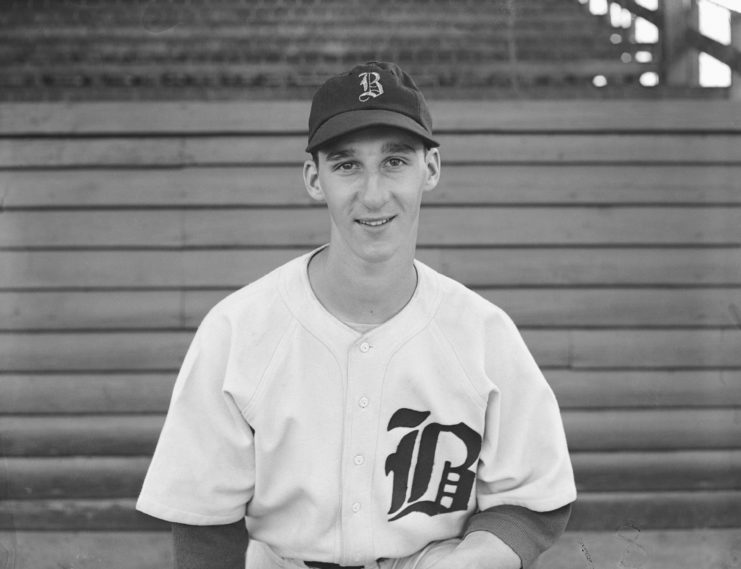
Prior to enlisting in the Army, Warren Spahn had a small cup of coffee with the Boston Braves, appearing in four games. The lefty then took off to war. Spahn served with distinction during his time in the Army and saw action at both the Battle of the Bulge and Ludendorff Bridge as a combat engineer. For his service, he was awarded the Purple Heart.
By the time he returned to the majors, Spahn was 25 years old. Despite his age, he went on to pitch until the age of 44, winning 363 games during his Hall of Fame career.
Hank Greenberg – US Army
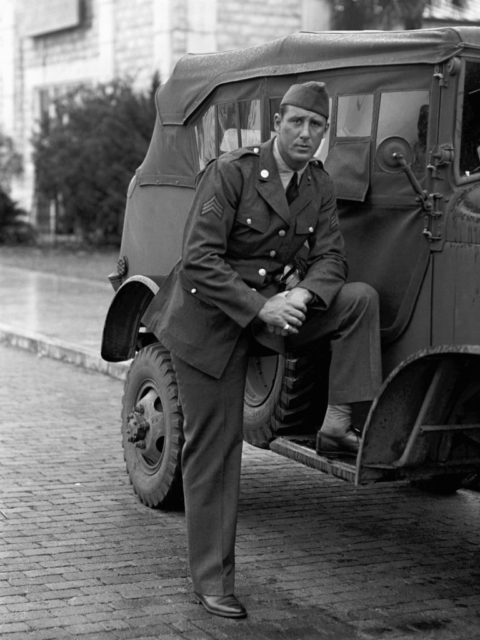
When Pearl Harbor was bombed, Hank Greenberg was 30 years old and already a 10-year veteran in the major leagues. In October 1940, the “Hebrew Hammer” became the first American League player to register for the peacetime draft. While he was initially declared 4F – unfit for service – due to his flat fleet, he asked the Army to reconsider and was later accepted.
He’d served as an anti-tank gunner and was honorably discharged just two days before Japan attacked Pearl Harbor.
Greenberg re-enlisted in February 1942 and volunteered to serve with the US Army Air Forces, the first major league player to do so. After graduating from Officer Candidate School, he was assigned to the Air Corps as a first lieutenant. Two years later, he was sent to the US Army’s Special Services School, after which he served in the China-Burma-India Theater, scouting locations for use as B-29 Superfortress bases.
By the time he left the military, he’d served 47 months, the longest of any baseball player.
Buck O’Neil – US Navy
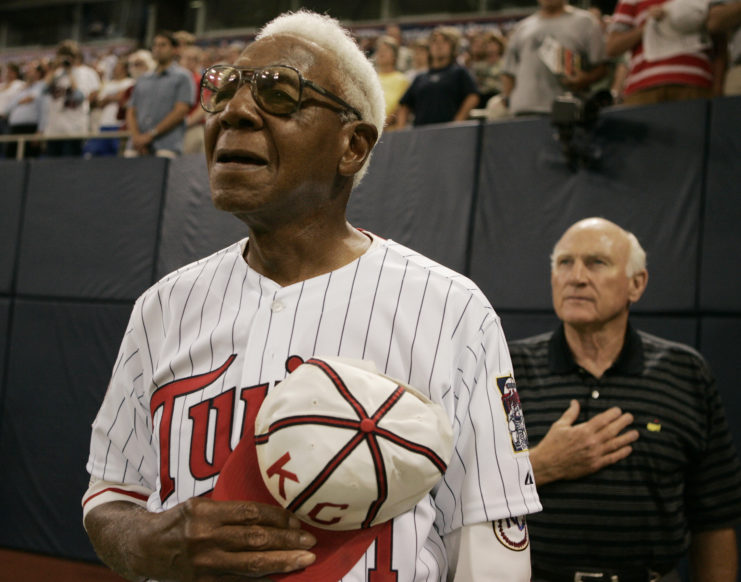
Buck O’Neil excelled as a player in the Negro Leagues, ending his career with a .288 batting average and earning two All-Star Game appearances. Even after retiring from playing, O’Neil continued to influence the sport significantly. Transitioning from his days with the Kansas City Monarchs, he ventured into scouting and achieved the milestone of becoming Major League Baseball’s first African-American coach.
The iconic figure from baseball dedicated two years to military service during WWII, stationed in New Jersey as part of the Navy’s Stevedore Battalion, engaged in construction projects. O’Neil’s was inducted into the Baseball Hall of Fame in 2022.
Joe DiMaggio – US Army
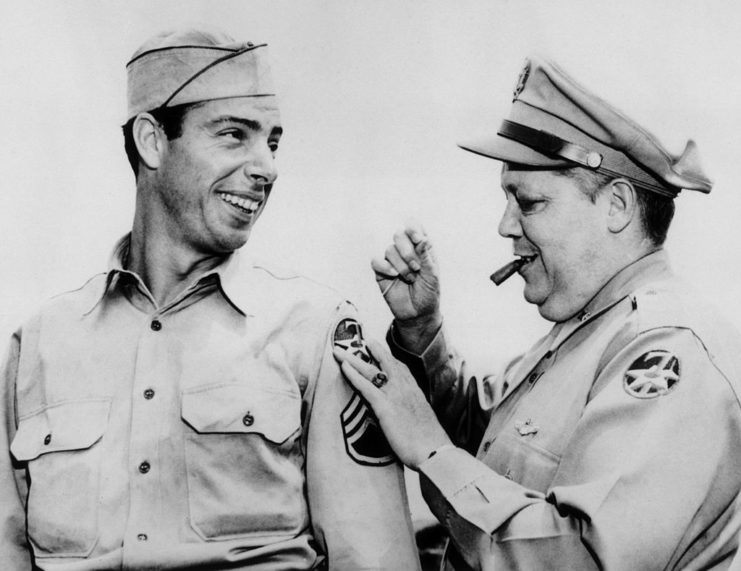
When WWII began, Joe DiMaggio was the biggest star in baseball. He enlisted in the Army in February 1943 and was stationed across the country as a physical education instructor. The MVP later asked to be given a combat assignment, but that request was turned down.
Want War History Online‘s content sent directly to your inbox? Sign up for our newsletter here!
His time in the service can be described as cozy. The Yankee outfielder spent most of his days playing baseball during exhibition games. DiMaggio ate so well while serving that he was 10 pounds heavier when his service ended. He was medically discharged in September 1945 due to chronic stomach ulcers.
